These Clues Indicate You Need to Change Your Waterfowling Ways
Failure can be a frequent companion in the duck marsh. Stuff happens, and the pursuit of wild birds offers no surety.
However, consistent, repeated failure indicates a problem. It's easy to forget a few days with a light or empty strap, especially if you respond with several successful hunts. When those light-strap days become the norm, though, you're in trouble.
Sometimes, we don't immediately realize where we're screwing up, so it can be difficult to correct our approach. Here are five sure signs that you're duck hunting incorrectly.
Click here for more Realtree waterfowl hunting content. And check us out on Facebook.
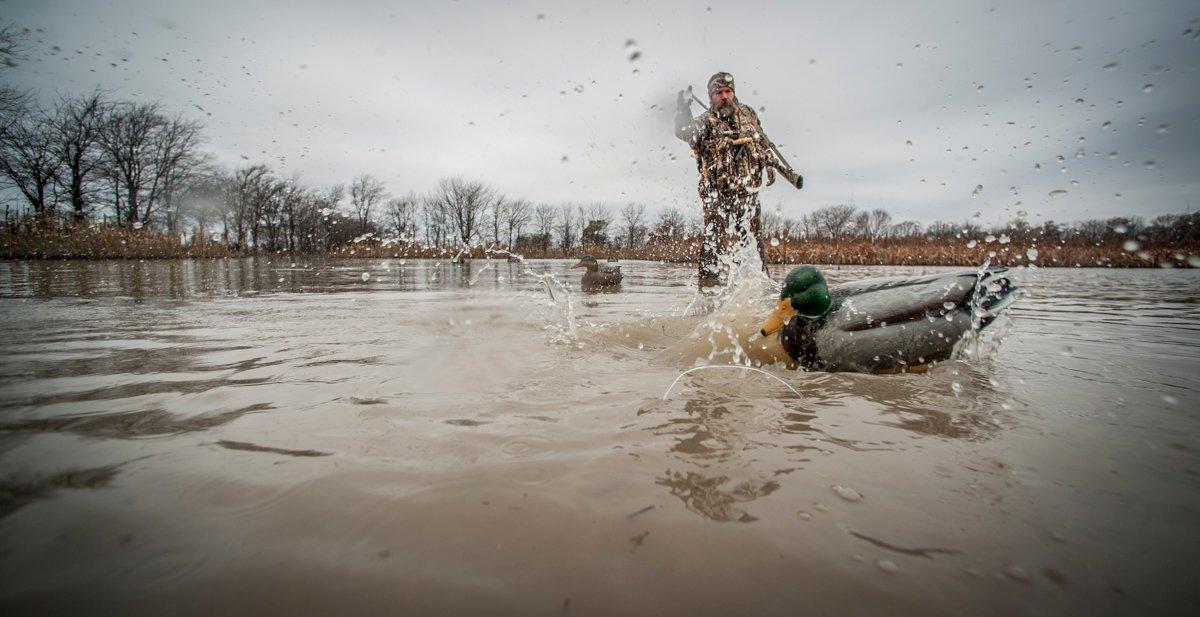
Clues: Ducks don't fully commit to your spread, flaring at the corners, landing short or otherwise not finishing.
Problem: Something's amiss with your decoys or setup.
Potential solutions: Tweak your fakes. First, make sure your decoys look natural and inviting. Make sure your spread has a distinct, defined landing area (or kill hole). If you're chasing divers, add a long tail birds can follow to the landing area, and angle your decoys so birds aren't looking at your boat or a shoreline when they try to land. For field ducks, switch off the spinners via remote control when birds get close. If conditions are relatively still, spread your decoys out more, and add a motion component, such as a jerk rig or swimming decoy. In addition, don't sit directly upwind from your spread. Instead, set up off a few degrees to either side ‚ or perpendicular to the wind ‚ so birds aren't looking directly at you as they approach the blocks. And keep the sun at your back.
Photo © Bill Konway
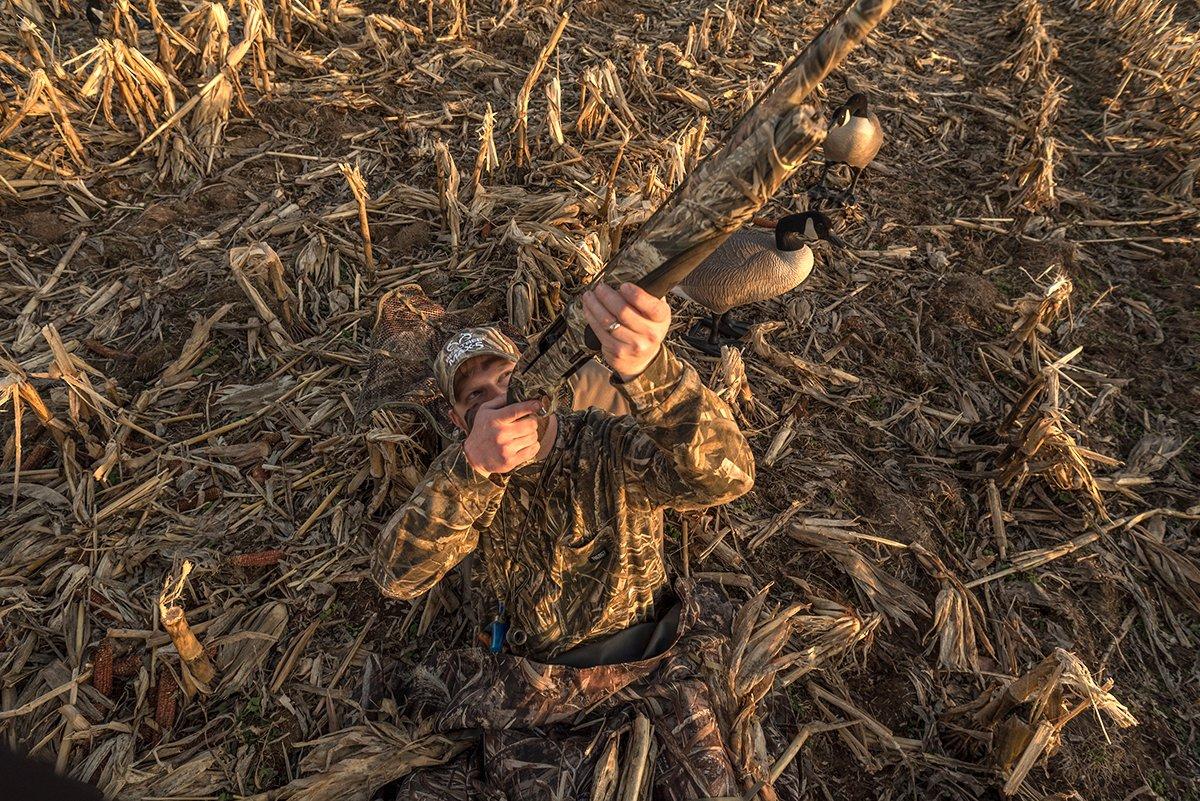
Clues: You shoot plenty of ducks, but they are often only wing-tipped or otherwise not solidly anchored.
Problem: Assuming you're shooting within acceptable ranges, your choke and load are underperforming.
Potential solutions: Use sufficiently stout loads. No, you don't need to shoot ducks with 3.5-inch, 2-ounce loads of BBs. However, you don't want to shoot hardy late-season mallards or goldeneyes with 1 ounce of steel No. 6 shot, either. Generally, larger shot results in fewer cripples. I like Nos. 2 and 3 steel loads or Nos. 5 or 6 in heavier-than-lead concoctions. Also, make sure your gun is choked correctly. Tight chokes seem to be the rage nowadays, but that's not always the right approach. First, you want an even, consistent pattern with few fliers. Pattern your gun to find the combination that provides that. Also, remember that you'll probably shoot many more ducks at 25 yards than at 50, so be sure your choke lets that pattern open up at relatively close ranges.
Photo © Craig Watson
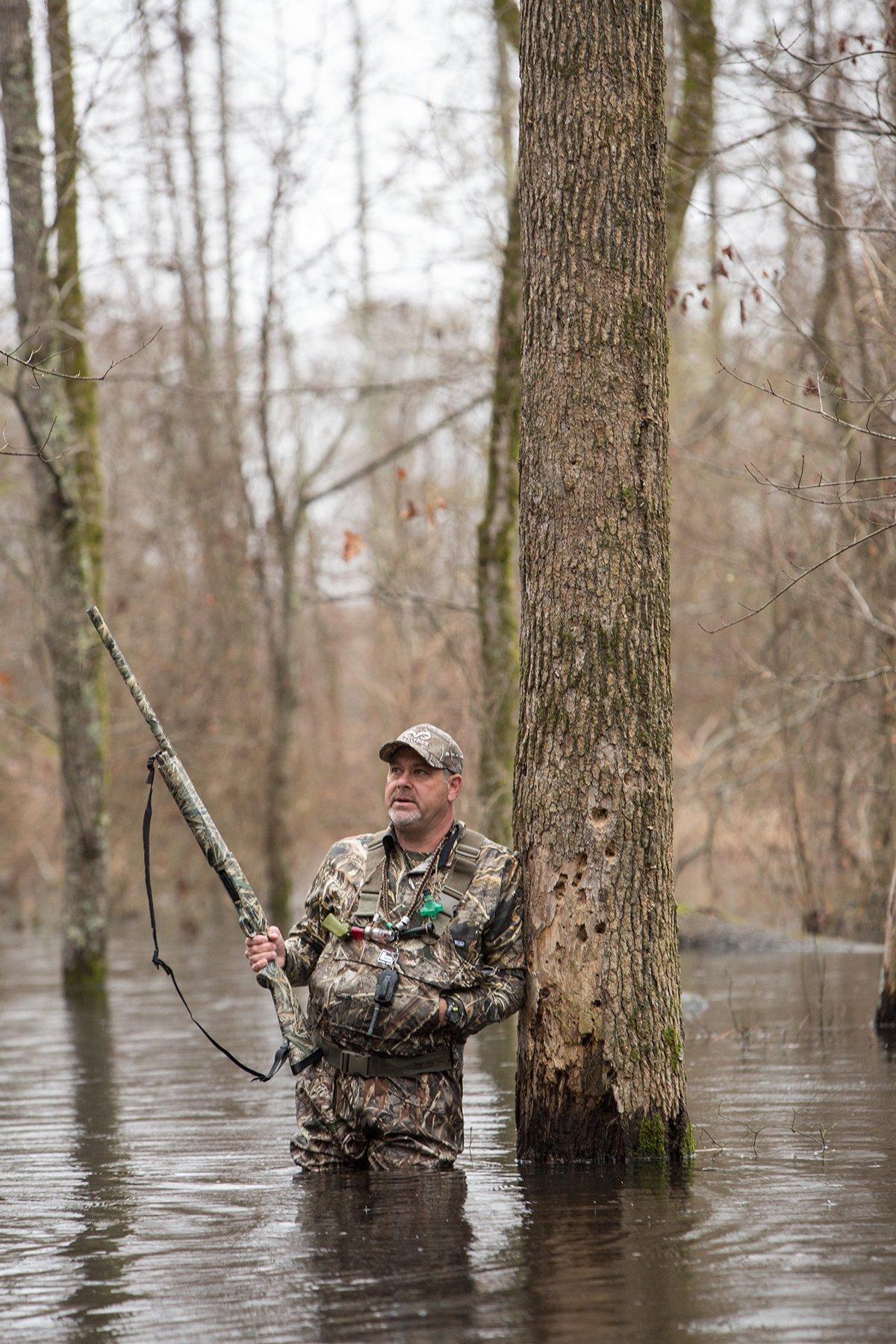
Clues: You're always stuck in a gar hole.
Problem: You're not putting in the work required to find good spots with little competition.
Potential solutions: No secrets here. Increase your scouting efforts. Scout before, during and after the season. Sure, look for ducksbut also look for out-of-the-way areas where other folks don't want to hunt. That might mean burning lots of gas in your outboard or surface-drive motor to find remote sloughs or timber holes. It could entail driving hundreds of miles to locate a hot field or slick of divers. Also, adopt an anti-social mindset. No, don't be rude to fellow hunters. Just try to avoid them whenever possible. Work harder, and hunt smarter.
Photo © Craig Watson
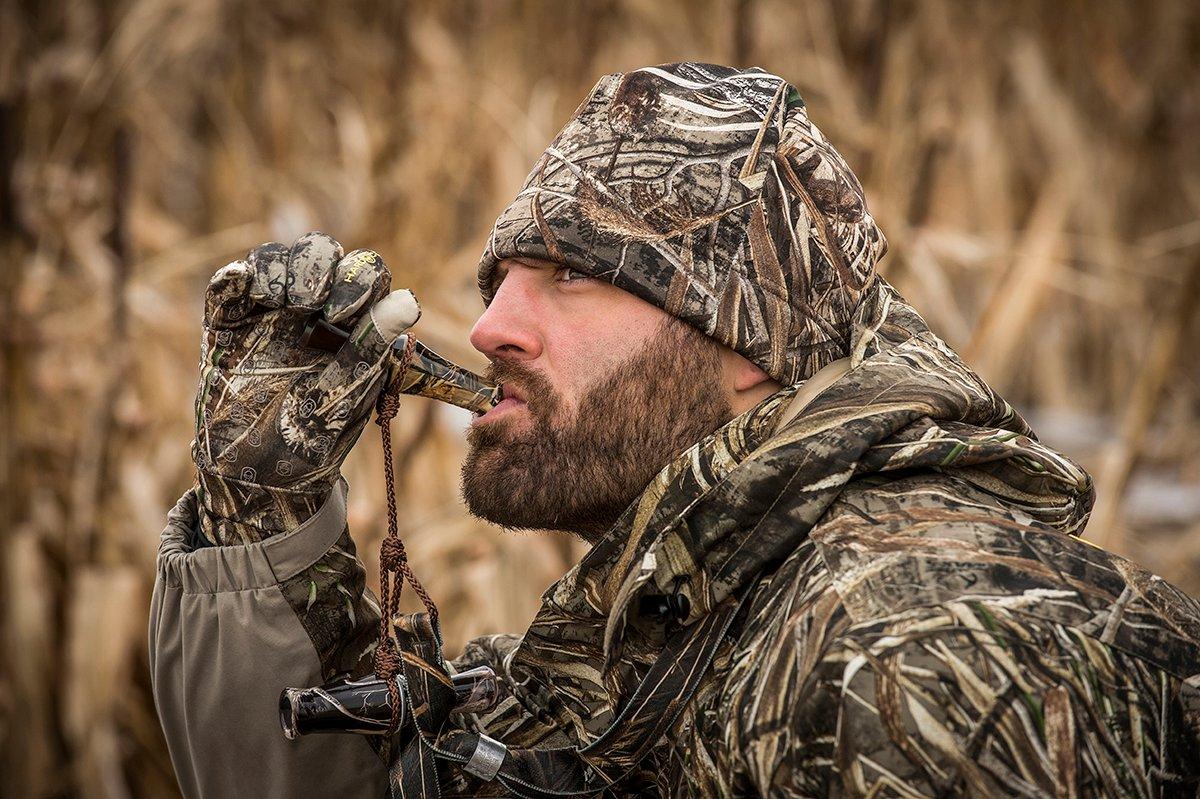
Clues: You call frequently, but birds don't seem to respond.
Problem: Assuming you probably sound somewhat like a duck, you're likely not calling at the right time.
Potential solution: Any champion duck caller will tell you that learning when to call is just as important as knowing how to call. First, practice by calling to live birds during the off-season. Imitate their inflection and rhythm. That is, make your calling real. Then, note how birds react to calls in various conditions. Learn what makes them turn to check out your spread, and also note what seems to send them flying away. While hunting, keep an open mind. Some days, ducks are vocal and seem to respond well to lots of talk. Other days, they're quiet, which is your cue to tone things down. Above all, observe how they react, and adjust your approach accordingly. In general, call just enough to get their attention. Call when birds are at the corners of your spread or starting to head away. Avoid blowing out their eardrums when they're approaching or directly overhead.
Photo © Bill Konway
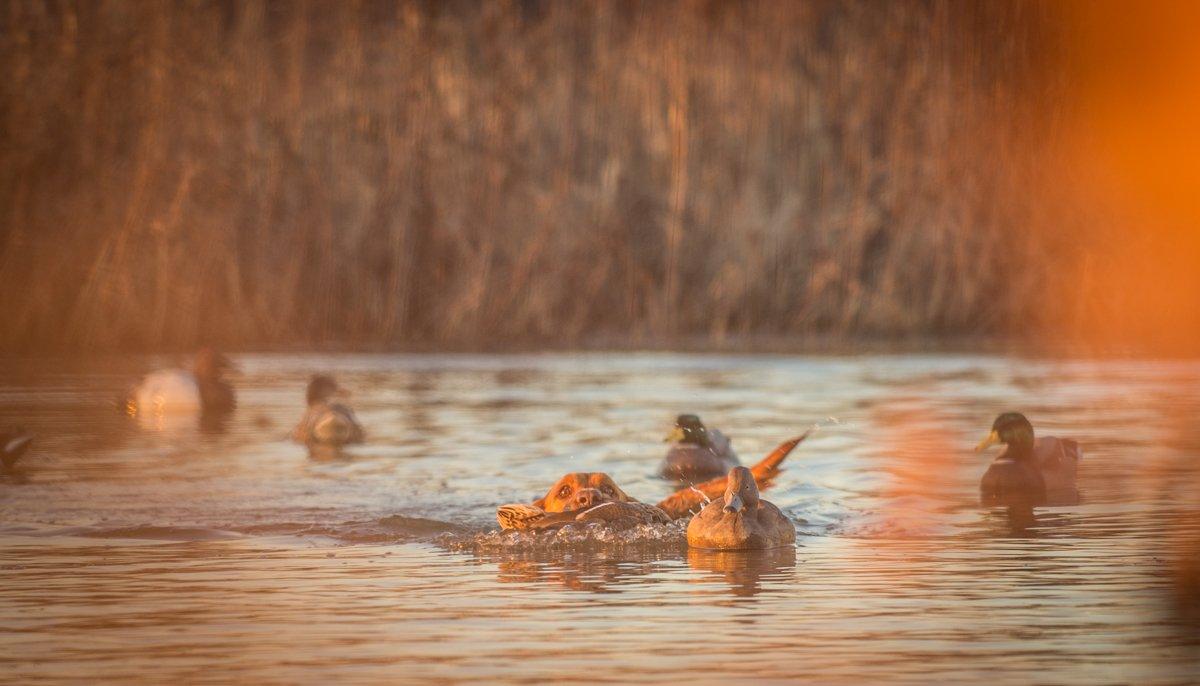
Clues: You consistently lose birds you've shot.
Problem: Your retriever doesn't quite get it.
Potential solution: Train intelligently. Dog training can be intimidating, but it isn't nuclear physics. Use some of the many print, online and video resources available nowadays to formulate a training approach. Then, be patient and persistent. If you doubt your ability to do the job, send your pup to a professional trainer, or train your dog with a more experienced buddy. Even a raw dog with only moderate training is a huge asset for recovering ducks. An obedient, polished, experienced retriever is a work of art. Many dogs never reach that echelon, but even those that fall just short can be retrieving machines that save your bacon in tough cover or with poor shots.
Photo © Bill Konway






